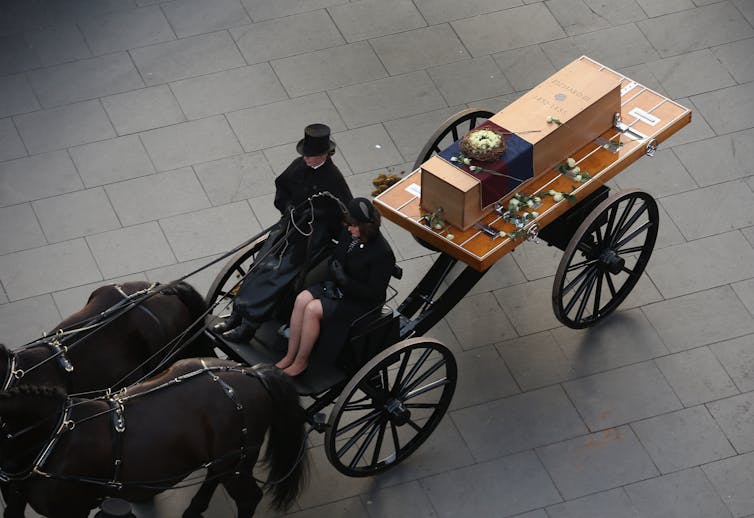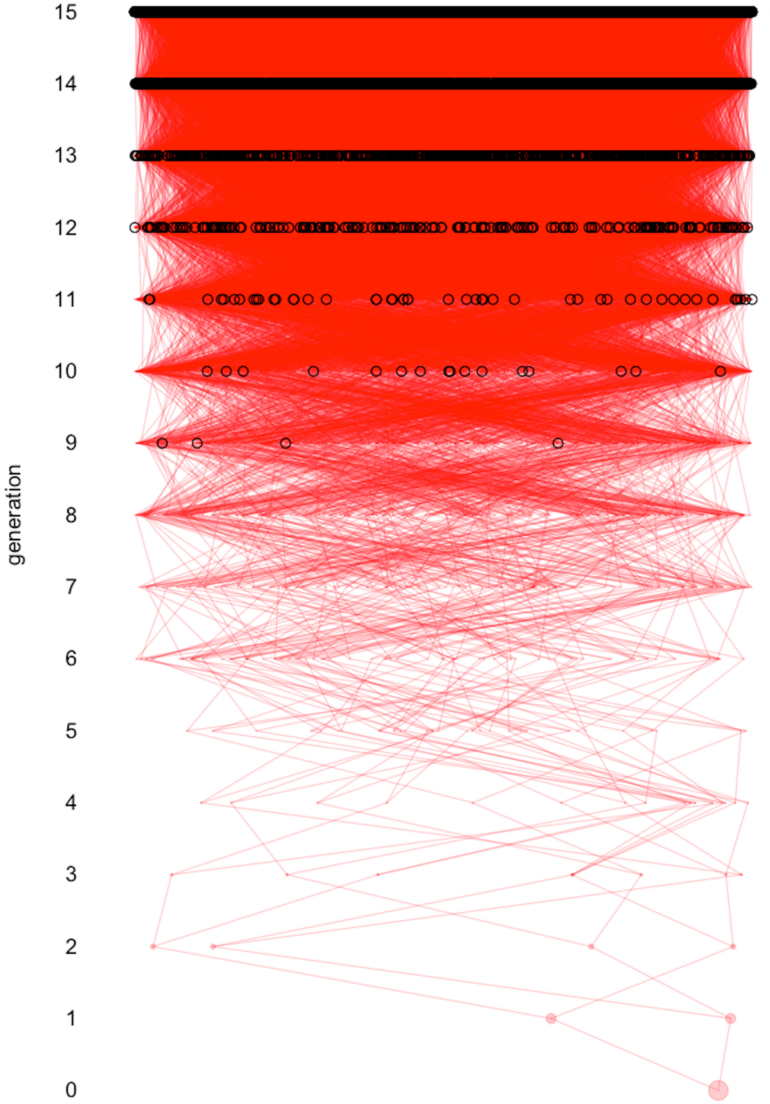In 2022, we reported the DNA sequences of 33 medieval people buried in a Jewish cemetery in Germany. Not long after we made the data publicly available, people started comparing their own DNA with that of the 14th-century German Jews, finding many “matches.” These medieval individuals had DNA fragments shared with thousands of people who have uploaded their DNA sequence to an online database, the same way you share DNA fragments with your relatives.
But what type of a relationship with a medieval person does a shared DNA fragment imply?
It turns out, not too much that will help with your family roots research.
We are population geneticists who work with ancient DNA. We understand how exciting it can be to find a genetic link to particular people who lived many generations ago. But these DNA matches aren’t the tight ties you may be imagining. Here’s how it works.
Sequencing DNA from those who lived long ago
Ancient DNA is a new and rapidly growing field, with a Nobel Prize awarded in 2022 to Svante Pääbo for his foundational work.
Using samples taken from skull bones or teeth, aDNA researchers can sequence the DNA of people who lived as far back as 100,000 years ago. More than 10,000 ancient DNA sequences, or genomes, are currently available. These genomes, which come from all corners of the world, have dramatically revolutionized scientists’ understanding of human origins.
A new trend in ancient DNA is sequencing the genomes of “historical” individuals: those who have lived during the past millennium.
Examples include genomes from Sweden, Norway, Denmark, Iceland, Poland, Southeastern Europe, and London, Cambridge and Norwich in the U.K. Outside Europe, scientists have sequenced historical genomes from East Asia, the Swahili coast, South Africa, the Canary Islands, Lebanon, Machu Picchu, the Caribbean and the San Francisco Bay area. Genomes of enslaved Africans from Delaware, Maryland, South Carolina and St. Helena are also available.
Some historical genomes belong to named individuals, including Ludwig van Beethoven, the family of the last Russian czar, medieval Hungarian royals, the Lakota Sioux leader Sitting Bull and King Richard III of England.

The remains of King Richard III were reinterred in 2015.
Christopher Furlong via Getty Images News
How could you compare your own DNA with that of these historical people?
Several direct-to-consumer genetic testing companies, such as 23andMe, MyHeritage or Ancestry, make reading your own genome sequence simple and affordable. They compare your DNA with that of their other customers. They identify relatives who share with you long, continuous stretches of identical DNA and report to you these matches – from the closest to the more distant.
After initial deliberation, 23andMe now lets customers compare their genomes with historical people. Other genetic testing companies don’t yet, but passionate genealogists can take…



